5 Key Benefits of Metallized Ceramics in Modern Electronics
As an industry expert with years of experience in materials science and electronics packaging, I’ve witnessed firsthand the transformative impact of metallized ceramics. Their unique properties address critical challenges in modern electronic design, enabling higher performance, greater reliability, and increased miniaturization. This article will explore five key benefits of metallized ceramics and illustrate why they are becoming indispensable in a wide range of applications.
Metallized ceramics are composite materials that combine the desirable characteristics of both ceramics and metals. Ceramics offer excellent thermal and electrical insulation, while metals provide conductivity and the ability to be joined or soldered. This combination makes metallized ceramics ideal for demanding electronic applications. Now, let’s delve into the specific advantages:
| Rank | Benefit | Description |
|---|---|---|
| 1 | Superior Thermal Conductivity | Metallized ceramics efficiently dissipate heat, critical for high-performance electronics, preventing overheating and ensuring device longevity. |
| 2 | High Electrical Insulation | Provides excellent dielectric properties, enabling reliable isolation of electrical components and reducing signal interference. |
| 3 | Enhanced Mechanical Strength | Offers robust structural integrity, protecting sensitive electronic components from physical stress and environmental factors. |
| 4 | Hermetic Sealing Capability | Enables airtight packaging, protecting electronics from moisture, gases, and contaminants, thus improving reliability in harsh environments. |
| 5 | Compatibility with Miniaturization | Supports compact designs due to precise metallization, meeting the demand for smaller, high-density electronics packaging. |
1. Superior Thermal Conductivity1
In the relentless pursuit of higher performance, electronic devices generate increasingly more heat. This heat, if not effectively managed, can lead to a cascade of problems, from reduced device performance and shortened lifespan to outright failure. Metallized ceramics excel in thermal management due to their ability to efficiently conduct heat away from sensitive components like microprocessors, power amplifiers, and LEDs. The ceramic material itself typically possesses good thermal conductivity, and the metallization layer further enhances this property by providing a low-resistance path for heat to flow. Applications leveraging this benefit include high-power computing, LED lighting, and automotive electronics, where thermal management is paramount for reliability and performance. The use of metallized ceramics allows these devices to operate at higher power levels without exceeding their thermal limits, leading to improved overall system performance. Specifically, Aluminum Nitride (AlN) and Beryllium Oxide (BeO) are two ceramic materials commonly used for high thermal conductivity applications after metallization.
2. High Electrical Insulation2
Maintaining electrical isolation is paramount in electronic circuits to prevent shorts, signal leakage, and ensure the integrity of signals within a circuit. Metallized ceramics exhibit excellent dielectric properties, preventing unwanted current leakage and signal interference. This high insulation capability ensures signal integrity and prevents short circuits, critical for reliable operation of complex electronic systems. They are commonly used in substrates, housings, and feedthroughs, where insulation is of utmost importance. For example, in high-frequency applications, metallized ceramics are used to create impedance-matched transmission lines with minimal signal loss and crosstalk. The high dielectric strength of the ceramic material allows for the creation of thin and reliable insulation layers, enabling higher circuit densities and improved performance. Alumina (Al2O3) is a commonly used ceramic material known for its good electrical insulation properties which is often metalized for electronic applications.
3. Enhanced Mechanical Strength3
Electronic components are often subjected to mechanical stress during manufacturing, assembly, and operation. These stresses can arise from vibrations, impacts, thermal cycling, and even the clamping forces used during assembly. Metallized ceramics provide robust structural integrity, protecting fragile components from physical damage. Their high strength and resistance to cracking ensure the long-term reliability of electronic devices, even in harsh environments. Applications include aerospace electronics, automotive sensors, and industrial control systems, where devices must withstand significant mechanical stresses without compromising performance. The metallization process itself can also enhance the mechanical strength of the ceramic by providing a compressive layer that helps to resist crack propagation. Zirconia (ZrO2) based ceramics, known for their high mechanical strength, are often metalized to further improve their reliability in demanding applications.
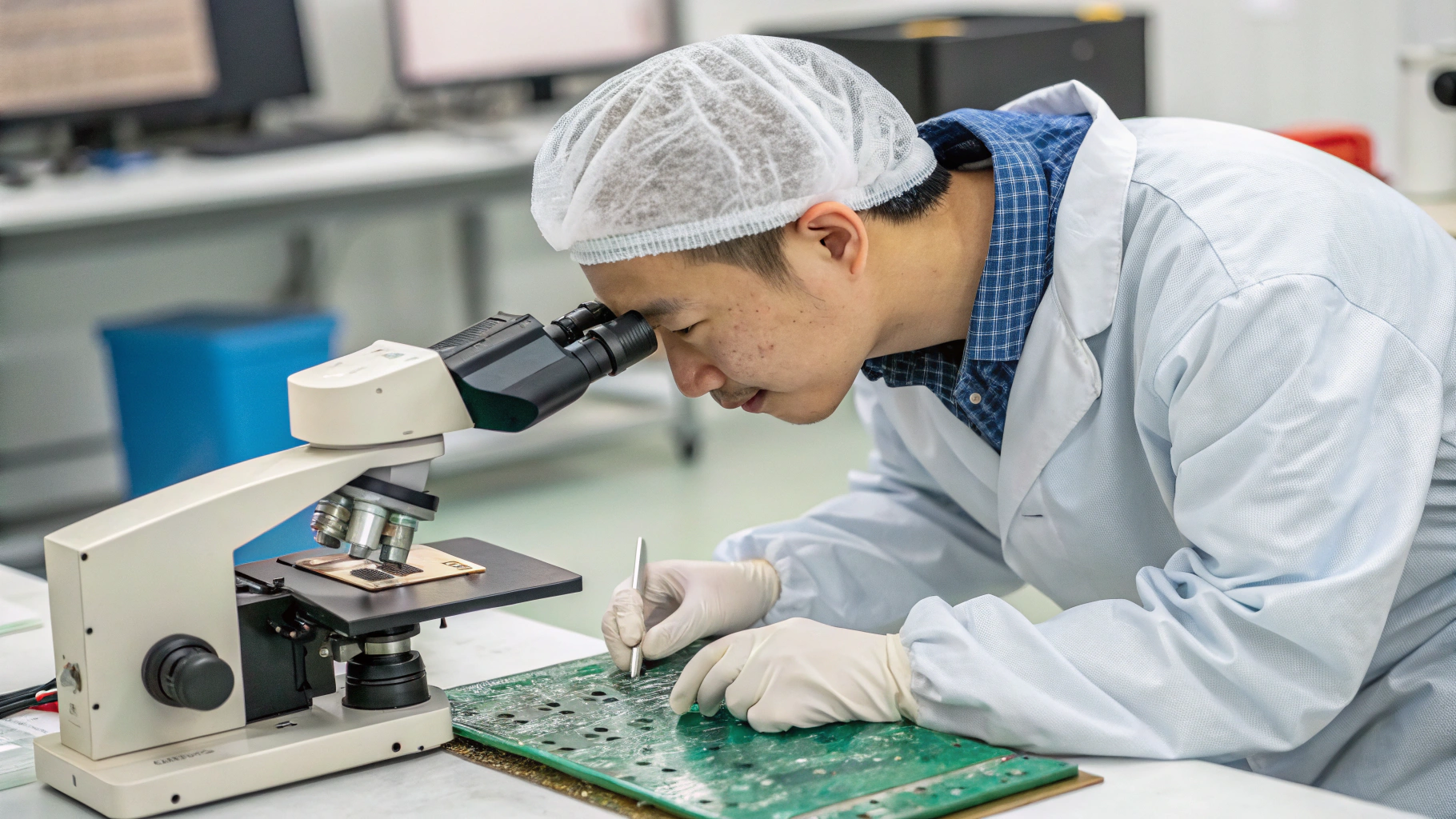
4. Hermetic Sealing4 Capability
Many electronic applications require protection from moisture, gases, and other contaminants, especially in applications where long-term reliability is critical. Metallized ceramics can be hermetically sealed, creating an airtight barrier that prevents the ingress of harmful substances. This hermeticity ensures the reliability of sensitive electronic components in challenging environments, such as aerospace, medical devices, and outdoor applications. The hermetic seal is typically achieved by brazing or soldering a metal lid or housing to the metallized ceramic substrate. This creates a robust and impermeable barrier that protects the enclosed components from corrosion, oxidation, and other forms of environmental degradation. Applications benefiting from hermetic sealing include implantable medical devices, high-reliability sensors, and microwave components.
5. Compatibility with Miniaturization5
The relentless trend toward smaller and more densely packed electronic devices demands materials that can support miniaturization without sacrificing performance or reliability. Metallized ceramics can be precisely metallized, allowing for the creation of intricate patterns and features with very fine line widths and spacing. This precision enables the design of compact and high-density packaging solutions, meeting the evolving needs of the electronics industry. Technologies such as thin-film metallization and laser micromachining enable the creation of complex circuits and interconnects on ceramic substrates with exceptional accuracy. Applications include mobile devices, wearable electronics, and advanced sensor systems. The ability to create high-density interconnects on a small ceramic substrate allows for the integration of multiple components into a single package, reducing size and improving overall performance.
Conclusion
Metallized ceramics offer a compelling combination of properties that make them essential for modern electronics。From superior thermal management and electrical insulation to enhanced mechanical strength and hermetic sealing, they provide critical advantages in a wide range of applications。As the demand for higher performance, greater reliability, and increased miniaturization continues to grow, metallized ceramics will undoubtedly play an increasingly important role in the future of electronics.
-
Learn how effective thermal management can enhance the performance and longevity of electronic devices. ↩
-
Discover the critical role of electrical insulation in maintaining signal integrity and preventing shorts. ↩
-
Understand how enhanced mechanical strength protects sensitive electronics from physical stress. ↩
-
Find out how hermetic sealing protects electronic components from environmental damage. ↩
-
Explore the challenges and solutions related to creating smaller, high-density electronic devices. ↩
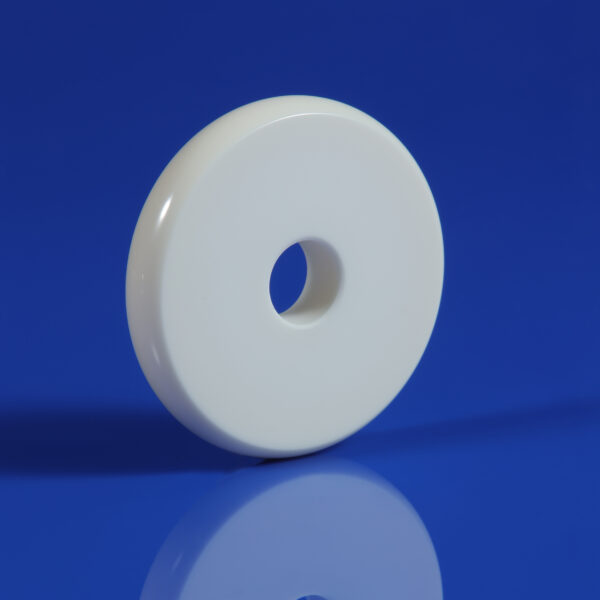
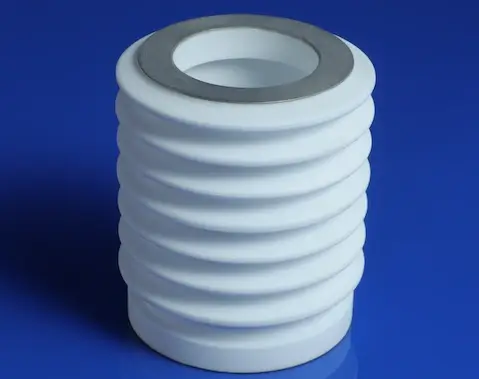
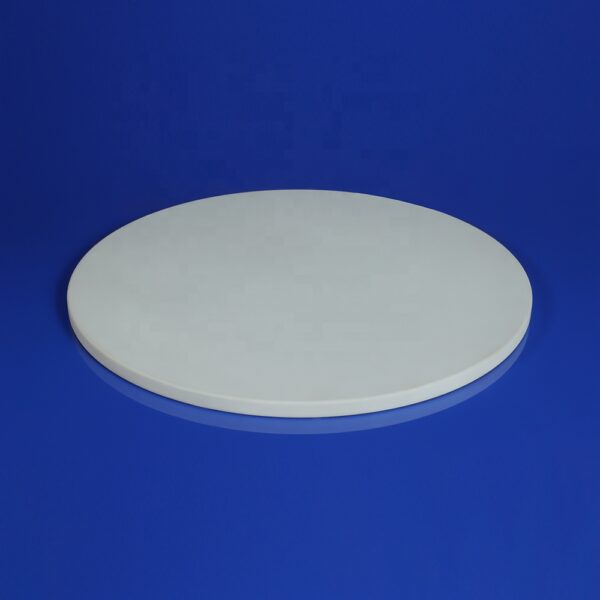
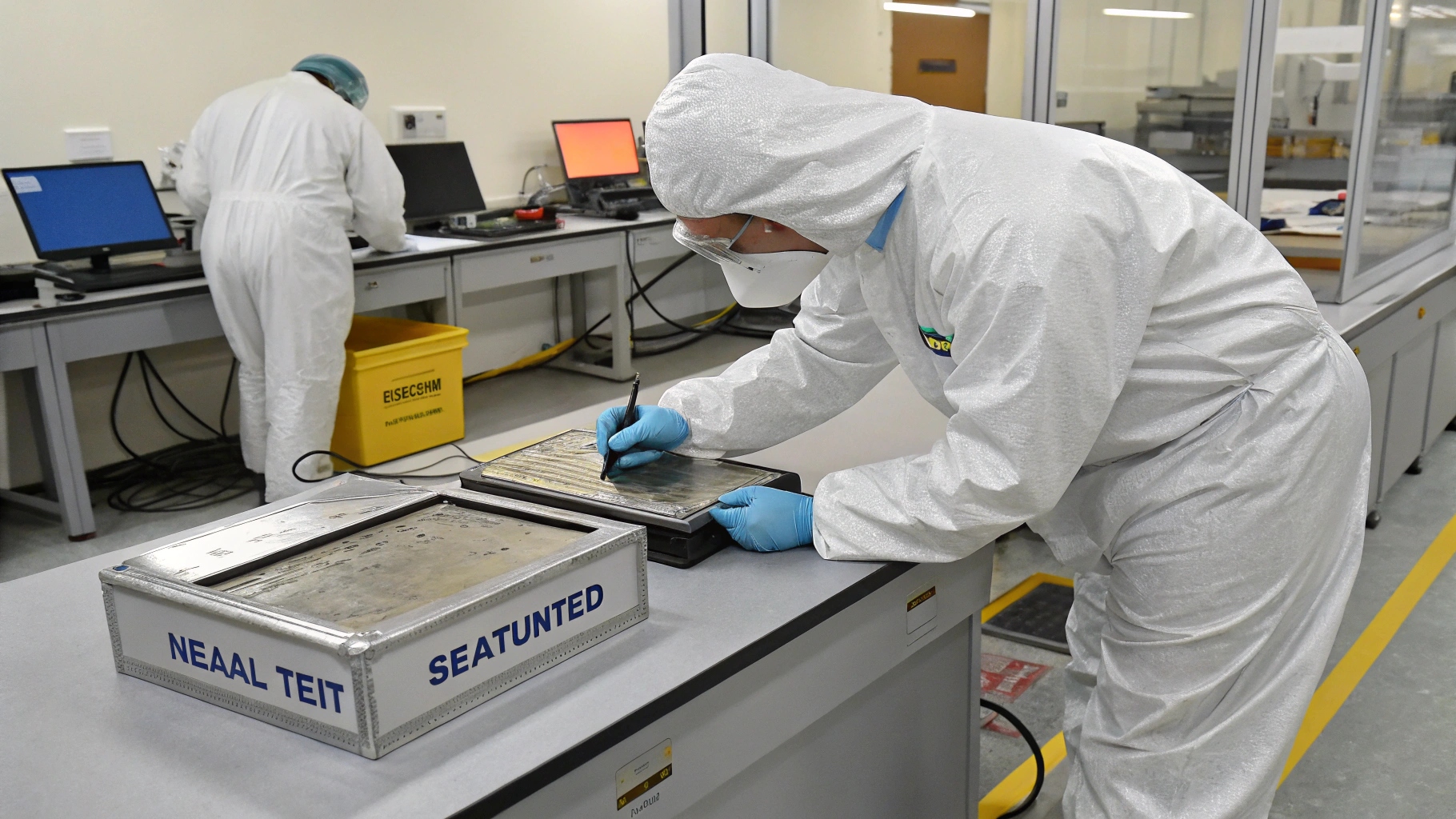
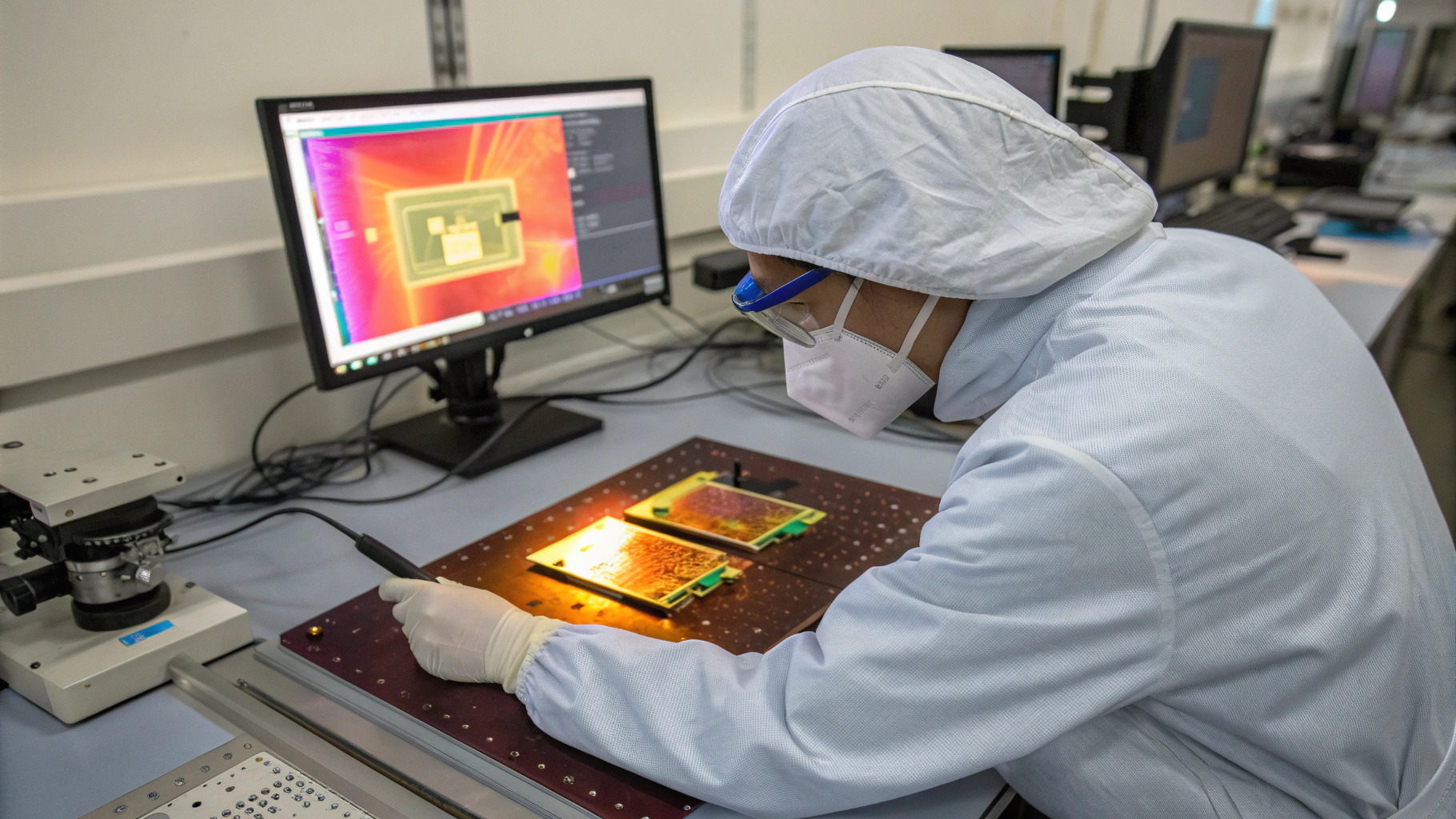
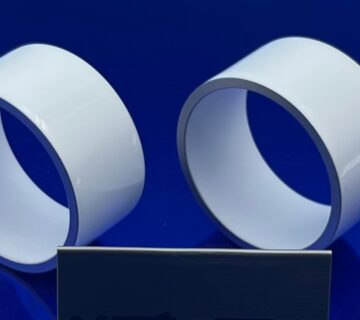
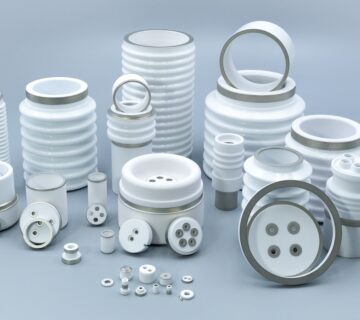
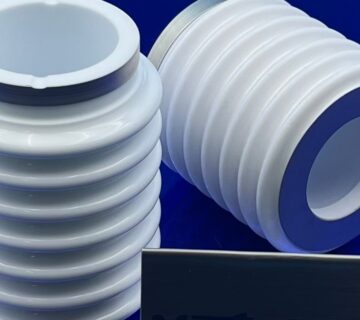

No comment